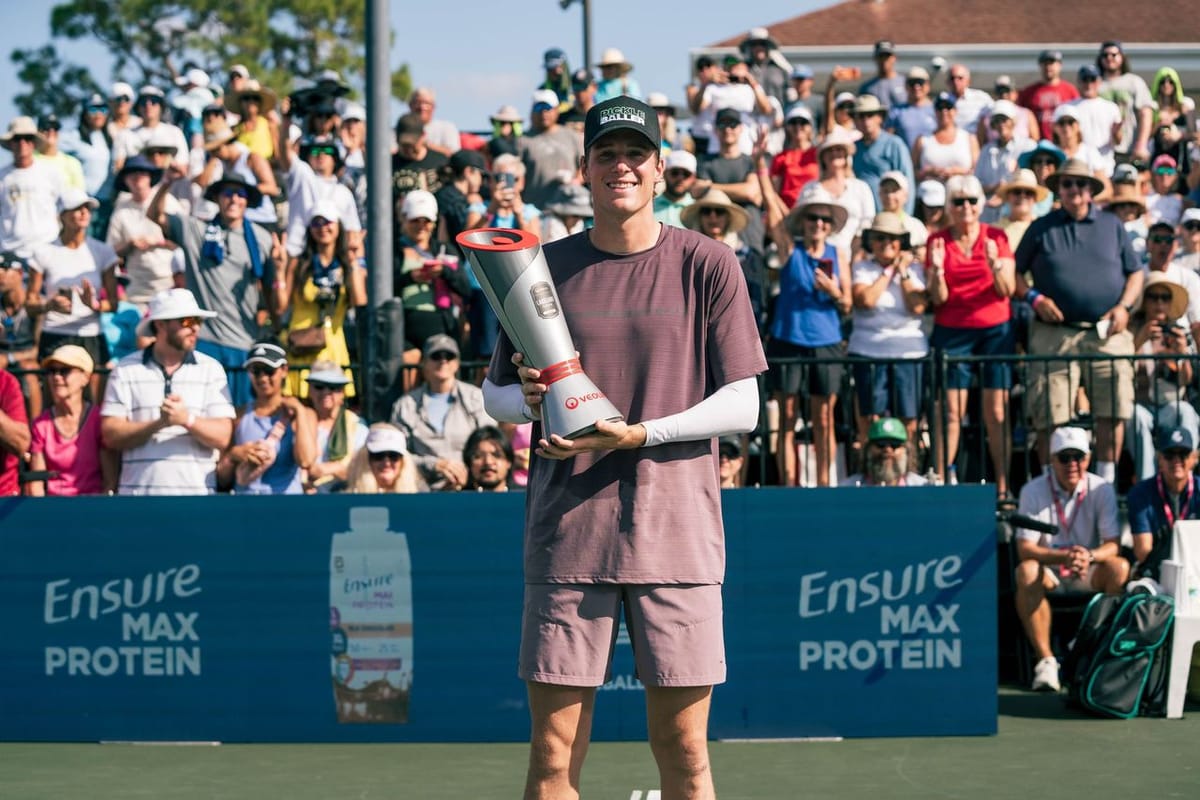How to serve low in pickleball? Master the low pickleball serve to catch opponents off guard. Learn how to toss low, brush under the ball, and aim serves close to the net for tricky low trajectories that skim right over and stay tight to the floor after bouncing. Serving low requires precision but can yield weak returns when executed properly.
Serving low is an advanced and strategic shot in pickleball. Low serves skim close to the net, making them challenging for opponents to return effectively. Mastering the low pickleball serve takes practice, but can give you an edge in serving. Follow these tips to learn how to serve low in pickleball.
A low serve in pickleball bounces close to the net after being hit. Often, low serves will skim right over the net without bouncing first. This keeps the ball low to the ground, reducing time for your opponent to react.
Low serves take advantage of the pickleball rule allowing serves to be made without bouncing. You’ll use an underhand stroke, intentionally keeping the ball below net height as it travels to the diagonal service court.
Doing this requires precision, since the serve must still land inside the service court to be valid. But executed well, a low serve can yield weak returns from opponents.
How To Hit A Pickleball Spin Serve
The keys to a low serve are keeping the toss and contact point with the ball low, limiting the arc so the ball stays below net height as it barely clears the net.
Here’s how to hit serves that skim the net:
Toss the ball low, below your waist. Start the serve with a low underhand toss. Keep the ball below waist level to limit how high you can hit it.
- Hit the ball with an underhand stroke. Use an underhand swinging motion, brushing up into the bottom half of the ball. This imparts backspin to keep the ball down.
- Brush under the ball to keep it low. Let the ball graze gently off your paddle face with this brushing finish to avoid loft.
- Aim to skim the ball close to the net. Visualize the serve trajectory just over the net. Error closer rather than too deep.
The ideal contact point is as your arm swings upward after release. This “late hit” lets you meet the ball right after the lowest point of the toss.
It takes lots of practice to develop the gentle touch required for low serves in pickleball. As you learn, keep these form tips in mind:
- Toss the ball below your knees. Start low for serve tosses, even close to ankle height once you gain control.
- Use a flat or floating serve. Hit flat without spin or some backspin to resist the ball rising.
- Keep your serve trajectory low. Visualize skimming the net and envisage a low serve path.
- Graze the ball to make it skid. Very fine touch lets the ball brush the paddle sweet spot.
- Serve close to the kitchen line. Don’t leave much margin over the net for a safer low serve.
Proper technique is vital so you can precisely place low serves, but court positioning also matters. Set up closer to the middle rather than far wide. This accentuates the sharp serve angle which makes low serves harder to reach and return.
How To Improve Your Spin Serve
You want your low pickleball serves to stay low — so avoid bouncing the ball completely. Following through flat and level keeps serves smooth and right off the deck.
- Let the ball skim off your paddle. No downward hit or chopping action — guide the ball for a controlled skim.
- Don’t hit down on the ball. Eliminate any loft for serves grazing the top of the net cord.
- Keep your serve below net height. Stay under 10 feet (~3 meters) peak height for legal and tough low serves.
Bouncing even slightly high defeats the purpose of a low serve. This allows time for opponents to react and return the serve solidly.
Watch pro pickleball players employ low serves. Notice how they barely let the ball bounce if at all after clearing the net. Keeping serves flat and fast denies opponents time to adjust footwork and prepare balanced return shots.
Mastering the low pickleball serve doesn’t happen quickly for most players. Consistency comes from practice and developing accurate ball control.
- Work on consistent underhand tosses. Spend time just tossing without hitting serves to dial in ideal height and position.
- Toss the ball slightly forward. Lead the toss a few inches ahead of your paddle contact point.
- Develop touch for grazing serves. Use target practice to master gently brushing the ball for precision aim.
As your low serve skills improve through drilling, also train full service motion rhythm. Shift your body weight forward, letting the hitting arm lag slightly behind your swing. Rocking from back foot to front foot adds power while still brushing the ball deftly.
Alternate hitting low forehand and backhand serves during practice too. Varying spins or implementing a fake bounce can also help fool opponents. But first master smooth and reliable low serves that barely clear the net.
Observe top-ranked pickleball pros closely and you’ll notice advanced serving skills like the low serve in their arsenals. Players like Sarah Ansboury, Tyson McGuffin, Catherine Parenteau and many other champions use low serves with great success.
Low serving adds variation to throw off returners. Mixing up serves is important since opponents will start anticipating your normal serves over the course of a match. Throwing in the occasional low serve can earn you easy points thanks to weak returns.
But the low serve is also simply a smart play thanks to physics. The low bouncing ball stays lower off the bounce, forcing opponents into quicker reactions with less time to adjust. Even if they make contact, opponents will often mishit or pop up returns which you can smash away for winners.
The Last Pickleball Serve Tutorial You Will Ever Need
While rules limit extreme underhand serves, purposefully keeping pickleball serves low is an advanced tactic permitted by the rules. With practice, a low serve skimming just over the net can give you an advantage through unpredictability and limiting opponents’ reaction time.
Not every serve should be low and finding the right balanced strategy matters too. But mixing in some low serves will boost your serving arsenal. Develop touch and skill hitting controlled low serves for increased success in your pickleball matches.
Anuncie Aqui / Advertise Here
Sua marca para o mundo Pickleball! / Your brand for the Pickleball world!

 English
English  Spanish
Spanish  Portuguese
Portuguese  German
German  Italian
Italian  Japanese
Japanese  French
French  Polish
Polish  Russian
Russian  Netherlands
Netherlands  Hungarian
Hungarian  Turkish
Turkish  Videos
Videos  Pickleball Pal
Pickleball Pal








 English (US) ·
English (US) ·  Portuguese (BR) ·
Portuguese (BR) ·